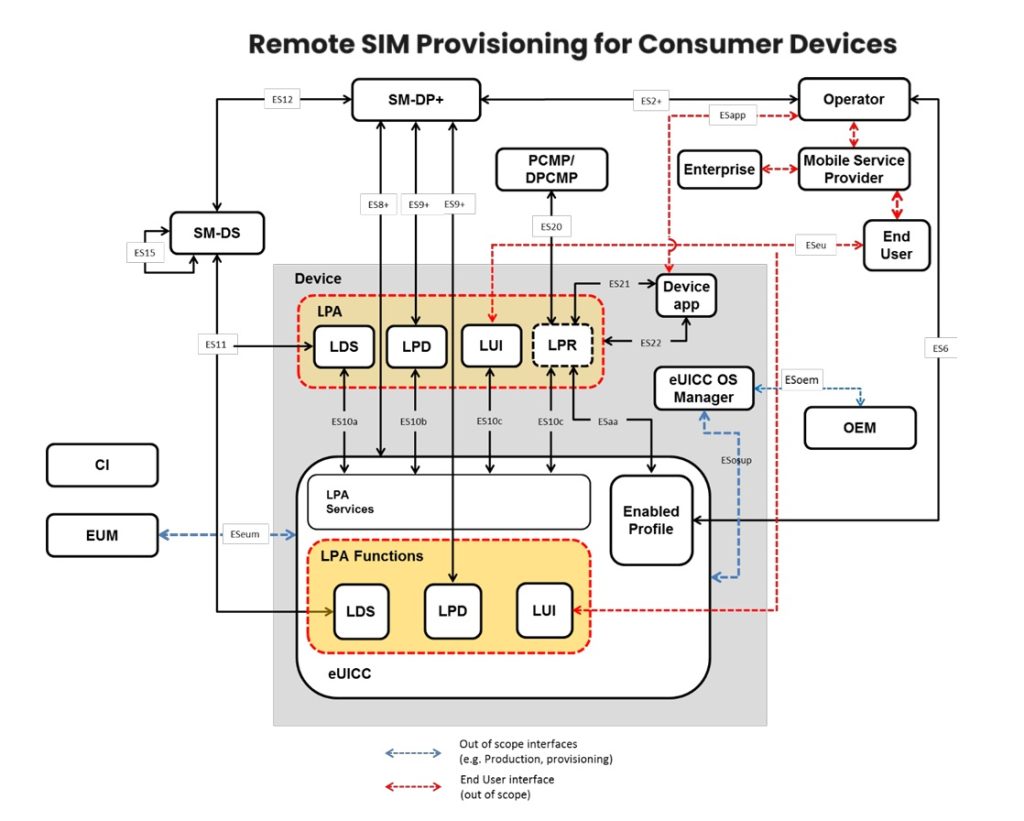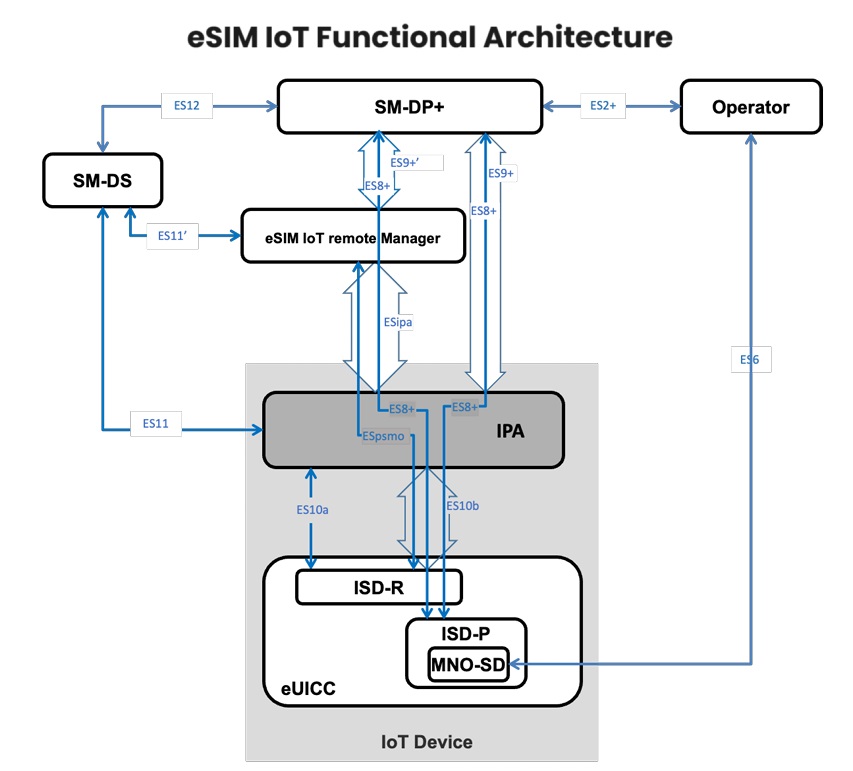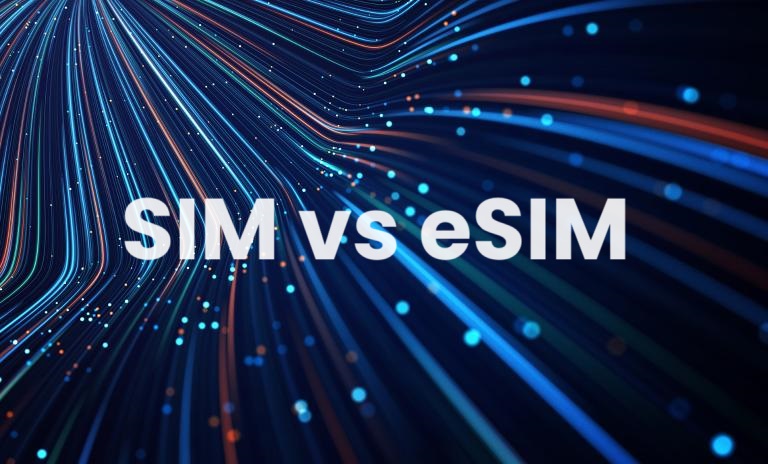Navigating SIM Evolution

The fascinating evolution of the telecommunication industry is reflected in the transformational journey of the SIM card, steadily moving towards the digital era. From SIM to nano SIM and tAvailable hen eSIM, the Subscriber Identity Module card has significantly transformed in format over the last 25 years, though its primary role as a secure means for authenticating devices onto networks remains unchanged.
The Mechanics of a SIM Card
Among the most important functions of the SIM are the identification and authentication of a subscriber, storage of information, and network access. How does it work?
- A unique International Mobile Subscriber Identity (IMSI) number and a secret key are stored in the SIM card and are used by the mobile operator to identify and authenticate the subscriber.
- Apart from this the subscriber’s phone number, contact information, text messages and other data are safely stored in the SIM.
- Due to SIM functionality, the device connects to the mobile network, enabling the Mobile Network Operator (MNO) to provide its services to the user, such as calls, messages, and data services.
Needless to say, it can be removed and inserted among compatible devices, keeping a subscriber connected. It comes in different sizes, with different memory volumes, and is embedded in different plastic that corresponds to the weather conditions in which it will be used. The latter is especially important for IoT devices.

eSIM as a next generation mean for connecting devices
The Embedded SIM, commonly known as an eSIM, performs the same role as a standard SIM and operates identically. The main difference between a SIM and an eSIM lies in how it is loaded into devices. Currently, the SIM profile can be securely downloaded into a “Secure Element” embedded inside the device. The device can save more than one eSIM profile, allowing users to switch profiles whenever they wish. The architectural specifications of consumer and IoT eSIMs are regulated by GSMA standards SGP.21 and SGP.31, respectively.
SGP.21 and SGP.31 regulate the Remote SIM Provisioning operation for different types of devices and differ by the type of eSIM profile provisioning. For consumer devices, the eSIM profile is pulled by the consumer to their devices, while for IoT M2M devices, it is pushed by the eSIM RSP platform. Below are the principal components of both platforms with their interconnections.


In April 2024, GSMA issued a new standard for the management of eSIMs in IoT devices named SGP.32, the main principles of which will be explained in our blog later on.
Physical SIM vs. eSIM
As it was mentioned above the physical SIM and eSIM are mostly identical. They both have file structure, SDK menu, applications recorded etc. The difference is only in possibility of physical plugging in the regular SIM from the device, while eSIM can be either deleted or deactivated in the device. eSIM also gives more flexibility to consumer enabling multiple profiles storage. Thus, carrier swap is done seamlessly in device. Here is a bright comparison of both technologies presented below.
As mentioned above, the physical SIM and eSIM are mostly identical. They both have file structures, SDK menus, recorded applications, and so on. The difference lies in the physical plugging of a regular SIM into the device, while an eSIM can either be deleted or deactivated in the device. eSIM also offers more flexibility to consumers by enabling multiple profile storage. Thus, carrier swaps are done seamlessly within the device. Here is a clear comparison of both technologies:

Physical SIM:
– Requires physical insertion and removal
– Limited to one profile per SIM card
– Traditional, widely used
eSIM:
– Embedded within the device
– Can store multiple profiles
– Profiles can be downloaded, deleted, or deactivated remotely
– More flexible and convenient for carrier switching
Below you might find more detailed comparison:
| Physical SIM | eSIM | |
| Availability | Available in all countries of the globe, mobile operators and devices | Not available in all countries, operators and smartphones |
| Environment | In spite of the fact that the size of regular SIM decreased twice or more, plastic is still used for it as well as chipset module. Both needs a lot of raw materials to be produced. | Environmentally friendly |
| MNO swapping | Takes time and effort to buy the SIM and plug it in every time when the swap is needed. | Seamless swapping between several eSIM profiles in several seconds |
| Network accessibility | A consumer might have as many active network operators as there are SIM slots in their device. | Different operators and numbers can be connected to an eSIM card, but only one will be available for use. |
| Safety | High safety | High safety |
| Signal Strength | Equal both for SIM and eSIM | Equal both for SIM and eSIM |
This comparison highlights the enhanced flexibility and convenience offered by eSIM technology over traditional physical SIM cards, but still the latter has its advantages that are appreciated by consumers all around the globe.
FAQ
Are all SIM cards the same size?
No, not all SIM cards are the same size. SIM cards come in different sizes to fit various types of devices. The main sizes are:
1. Standard SIM (1FF): The original and largest SIM card, measuring 25mm x 15mm.
2. Micro SIM (3FF): Smaller than the standard SIM, measuring 15mm x 12mm.
3. Nano SIM (4FF): Even smaller than the micro SIM, measuring 12.3mm x 8.8mm.
4. eSIM (Embedded SIM): Not a physical card but an embedded chip within the device, which can be programmed with different profiles remotely.
Each size has been developed to accommodate the design requirements of increasingly compact devices, from traditional mobile phones to the latest smartphones and IoT devices.
How can I transfer data from physical SIM card to eSIM?
Transferring data from a physical SIM card to an eSIM involves transferring your mobile service and any stored contacts from the physical SIM to the eSIM.
- Please download and activate the eSIM in your Android or iOS device.
- Remove your physical SIM card and set the eSIM as the primary plan.
- Transfer your contacts and data using Google Account (for Android) or iCloud (for iPhone)
- Once your eSIM is activated and your Google or iCloud account is set up on your device, your contacts and data will be available automatically.
If you encounter any issues, contact your carrier for support. Many carriers offer in-store or online assistance for transferring data and setting up eSIMs.
Is the strength of the signal the same for physical and eSIM?
The strength of the signal for physical SIM and eSIM is generally the same. Both physical SIM cards and eSIMs function to connect your device to your carrier’s network using the same technology and infrastructure. The signal strength is influenced by factors that are unrelated to whether you are using a physical SIM or an eSIM. These factors include:
1. The availability and strength of the carrier’s network in your area. Urban areas typically have better coverage compared to rural areas.
2. The quality and design of the phone’s antenna. Different devices may have different levels of signal reception capabilities.
3. Physical barriers such as buildings, walls, and trees can obstruct signal strength. Being indoors versus outdoors can affect signal reception.
4. The number of users connected to the same cell tower can impact signal strength, particularly during peak usage times.
5. Weather conditions, such as rain or heavy clouds, can affect signal quality.
The signal strength for eSIM and physical SIM is the same, as both rely on the same underlying technology and network infrastructure. Signal strength is primarily influenced by external factors such as network coverage, device hardware, and environmental conditions, rather than the type of SIM used.
What should I do if my phone doesn’t recognize my eSIM?
If your phone doesn’t recognize your eSIM, there are several steps you can take to troubleshoot and resolve the issue:
- Ensure that your phone supports eSIM functionality. Not all phones, especially older models, have this feature.
- Verify that your carrier supports eSIM for your device model. Some carriers may not support eSIM on certain devices.
- Restart Your Phone.
- Make sure your phone’s operating system is up to date.
- Check eSIM Activation Status.
- Reinstall eSIM Profile.
- Check Network Settings. If it’s needed reset Network Settings.
As the last item you may contact your carrier’s customer support for assistance. They can check if there are any issues on their end and provide specific instructions for your device and eSIM.
By following these steps, you should be able to troubleshoot and resolve issues with your phone not recognizing your eSIM.

